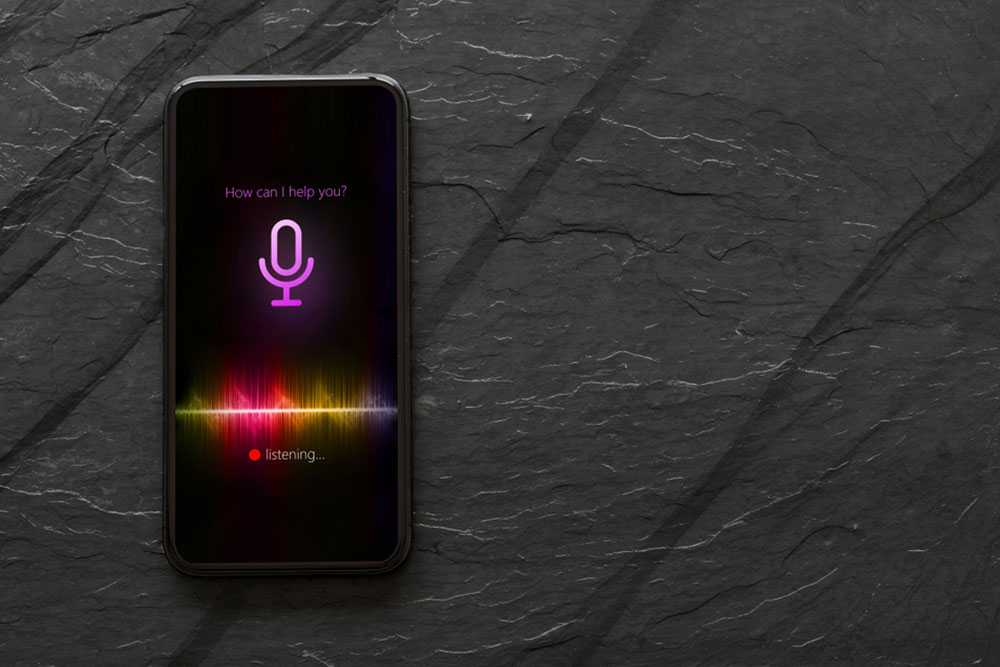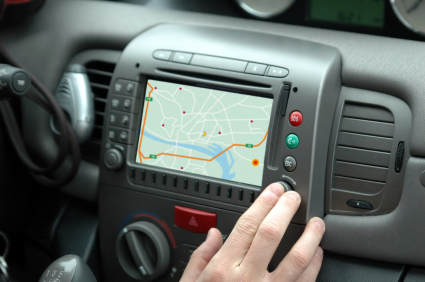Comprehensive Guide to Common Misconceptions About GPS Technology
This comprehensive article clears common myths about GPS technology, explaining how signals are transmitted, addressing privacy concerns, and clarifying misconceptions about weather impact and accuracy. It offers in-depth insights suitable for both casual users and professionals, emphasizing the robustness of GPS systems. Understanding how GPS truly works enhances trust in this vital technology used in navigation, tracking, and global communications. Debunking these myths helps users make informed decisions and utilize GPS devices effectively in everyday life.

In-Depth Clarification of Myths Surrounding GPS Devices and Their Functionality
Global Positioning System (GPS) technology has revolutionized navigation and location services for over three decades. From everyday smartphone maps to complex military applications, GPS plays a crucial role in modern life. Despite its widespread use, many people harbor misconceptions about how GPS works, its accuracy, and privacy concerns. These myths often stem from misinformation spread online or misunderstandings about satellite technology and government involvement. Dispelling these myths is vital for users to understand and trust the technology they rely on daily.
This comprehensive guide aims to demystify common misconceptions about GPS technology. We will explore the fundamental principles of how GPS signals are transmitted, clarify limitations and capabilities, and address privacy concerns. Gaining a clear understanding of these topics allows users to appreciate the sophistication of GPS and its vital role in various applications—from navigation in vehicles to tracking wildlife and supporting emergency services.
Debunking Popular Myths About GPS Technology
Despite being a staple of modern navigation, GPS often gets tangled in myths and false information. Here are several widespread misconceptions, along with the facts that set the record straight:
Myth 1: GPS signals originate from ground-based stations
Many believe that GPS signals are transmitted from terrestrial ground stations. In reality, these signals are generated by a constellation of orbiting satellites positioned thousands of kilometers above Earth. These satellites continuously transmit radio signals that are received by GPS devices on the ground. By calculating the time it takes for signals from multiple satellites to reach a device, the system can pinpoint precise locations. This space-based approach ensures global coverage and high accuracy, regardless of your location on Earth.
Myth 2: GPS is solely controlled by the military
It is a common misconception that the military maintains complete control over GPS signals. While it's true that initially, the U.S. military developed and operates certain satellites, civilian GPS services now function independently of direct military control. Civilian GPS broadcasts are managed by government agencies such as the U.S. Space Force, but the signals are open and available worldwide for public and commercial use. Military satellites, meanwhile, employ encrypted signals that are restricted for defense purposes, but the basic civil signals are unaffected and freely accessible.
Myth 3: Governments can track your movements through GPS
This is a prevalent concern regarding privacy. Most consumer-grade GPS devices in smartphones, vehicles, or wearables do not transmit your location data back to any government unless explicitly designed to do so. Standard GPS receivers only receive signals; they do not send or share data unless connected to specific apps or services with permission. Privacy settings and encryption protocols protect user information in most reputable devices and applications. However, always exercise caution with third-party apps and ensure privacy controls are enabled.
Myth 4: Weather conditions disrupt GPS accuracy
Unlike satellite television or radio, GPS signals are quite resilient to typical weather variations. While severe weather events like storms can sometimes cause brief disruptions, generally, GPS accuracy remains unaffected by rain, snow, fog, or thunderstorms. The signals pass through the atmosphere seamlessly unless physical obstructions like tall buildings, dense forests, or tunnels block the signal path. As long as your GPS device has an unobstructed view of the sky, the positioning remains precise, regardless of outdoor weather conditions.
Myth 5: GPS accuracy is infallible and always precise
While modern GPS systems are highly accurate—often within a few meters—they are not infallible. Variations can occur due to software updates, environmental interference, or poor calibration. Users can improve accuracy by keeping their devices updated and ensuring proper calibration. Assisted GPS (A-GPS) and augmentation systems like Differential GPS (DGPS) further enhance precision, especially in challenging environments. Nonetheless, no GPS technology guarantees perfect accuracy in all scenarios; regular maintenance and updates are crucial for optimal performance.
Myth 6: Additional apps or device features interfere with GPS signals
Many people worry that third-party apps or device features may disrupt GPS signals. Advanced automotive navigation systems and smartphones are designed to handle multiple applications simultaneously. Features like traffic updates, route rerouting, and points of interest are integrated into the core system without impairing GPS signal quality. Developers intentionally optimize these functions to coexist with navigation capabilities, enhancing the overall user experience rather than impairing it.
Myth 7: There are separate signals for military and civilian GPS
Contrary to some beliefs, there is no distinct or separate satellite transmission for military and civilian GPS. Both types of users access the same satellite signals. The difference lies in the hardware and encryption used; military devices utilize encrypted signals for security and strategic purposes, whereas civilian devices operate on openly available signals. This shared infrastructure ensures global coverage and a uniform foundation for positioning services worldwide.
Leading manufacturers like Garmin produce reliable GPS devices for both civilian and military applications. Their products maintain high standards of accuracy and dependability, aiding industries such as transportation, outdoor recreation, and government operations. Understanding the true nature of GPS signals and operations can help users better appreciate the technology’s sophistication and reliability.




